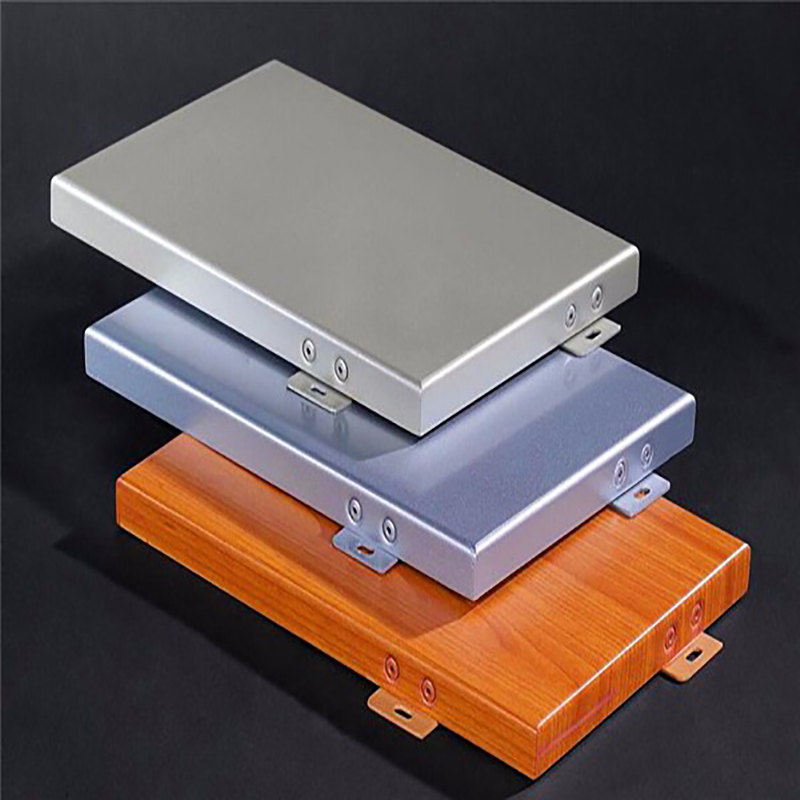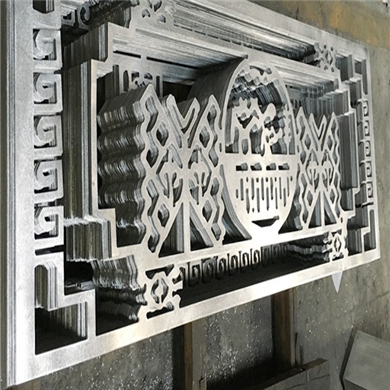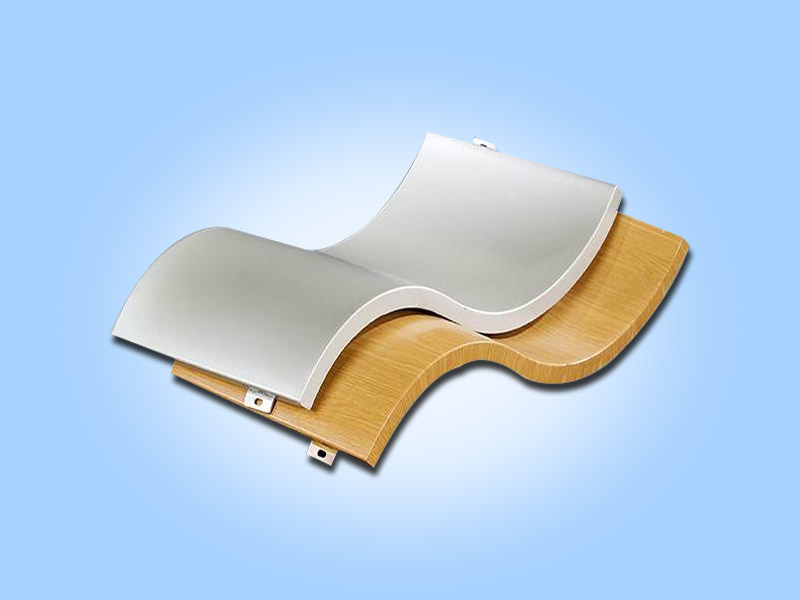Industry information
Company News
- Wood grain aluminum veneer, the new darling of modern architecture
- Stone patterned aluminum veneer, the "hidden" new favorite of fashionable home furnishings
- Aluminum veneer customization, creating a new trend of personalized space
- Imitation wood grain aluminum veneer: a green choice for modern architecture
- Imitation Wood Grain Aluminum Veneer: Retro Fashion Style of Modern Architecture
Industry dynamics
- Aluminum veneer, the fashionable new favorite of modern architecture
- How to use and maintain aluminum veneer reasonably?
- Stone patterned aluminum veneer: an aesthetic revolution in modern architecture
- Aluminum veneer is an affordable exterior wall decoration material
- Explore the diverse possibilities of punched aluminum veneer
Frequently asked questions
- What are the color and style options for aluminum veneer?
- What is the anti mold performance of aluminum veneer?
- Can aluminum veneer be applied to different styles of architectural exterior design?
- What is the discoloration performance of aluminum veneer?
- What impact does the weight of aluminum veneer have on building structures?
contact us
Mobile:+86 15627778610
Email: 2201229786@qq.com
Address: No. 5 Binjiang Road, High tech Zone, Zhaoqing City, Guangdong Province
What are the environmental certification standards for aluminum veneer?
- Author: Supreme Building Materials (Guangdong) Co., Ltd
- Release time: 2022-03-16 23:25:15
- Click:0

With the continuous improvement of environmental awareness,Aluminum veneerAs a new type of building material, it also needs to comply with certain environmental standards during production and use. Below, we will provide a detailed introduction to the environmental certification standards for aluminum veneer.
1. ISO 14001 Environmental Management System Certification
ISO 14001 is an environmental management system standard developed by the International Organization for Standardization (ISO) to standardize corporate environmental management activities. Enterprises that have obtained ISO 14001 certification need to establish a comprehensive environmental management system and undergo certification through internal audits and third-party audits.
1. EU RoHS Directive environmental certification
The RoHS Directive is a regulation established by the European Union to limit the content of harmful substances in electronic and electrical products. During the production process of aluminum veneer, it is necessary to strictly control whether the raw materials used contain harmful substances to ensure that the product complies with the requirements of the RoHS directive.
1. American Energy Star certification
The Energy Star certification is an energy conservation standard developed by the US Department of Energy to encourage businesses and consumers to adopt energy-efficient technologies and products. Aluminum veneer needs to adopt energy-saving technologies and equipment in the production process to reduce energy consumption and carbon emissions, in order to meet the requirements of Energy Star certification.
1. China Environmental Labeling Certification
China Environmental Labeling Certification is an environmental certification standard developed by the Chinese Ministry of Environmental Protection to identify products that meet environmental requirements. Aluminum veneer needs to use environmentally friendly materials and production processes in the production process to ensure that the product meets the requirements of China's environmental protection certification.
The environmental certification standards for aluminum veneer include ISO 14001 environmental management system certification, EU RoHS directive environmental certification, US Energy Star certification, and China Environmental Labeling certification, among others. In practical applications, it is necessary to select aluminum veneer manufacturers and products that meet relevant standards, and strictly follow relevant regulations for use and maintenance to ensure the environment and human health.







 Customer service QQ
Customer service QQ